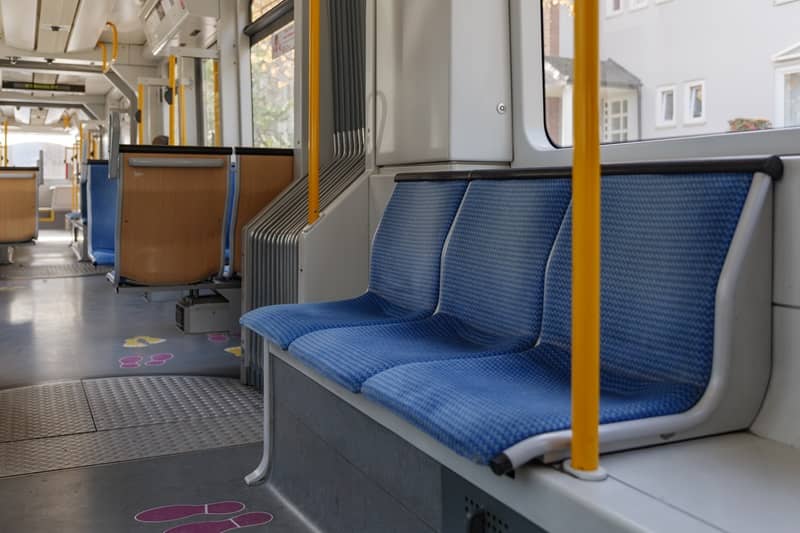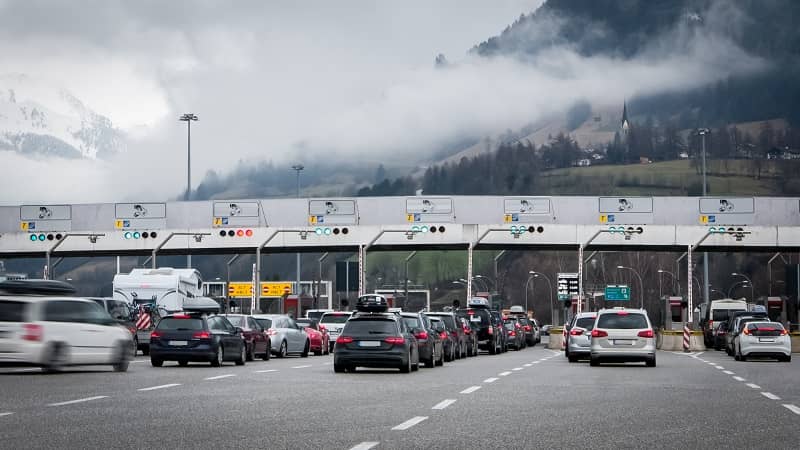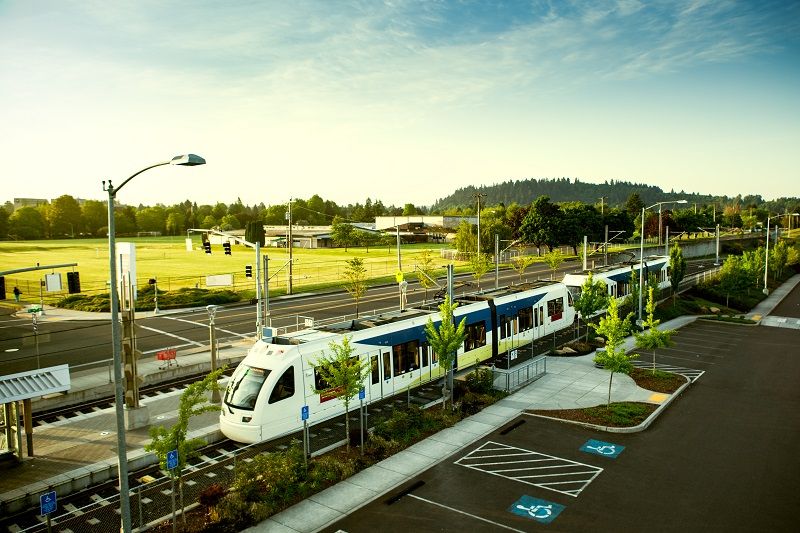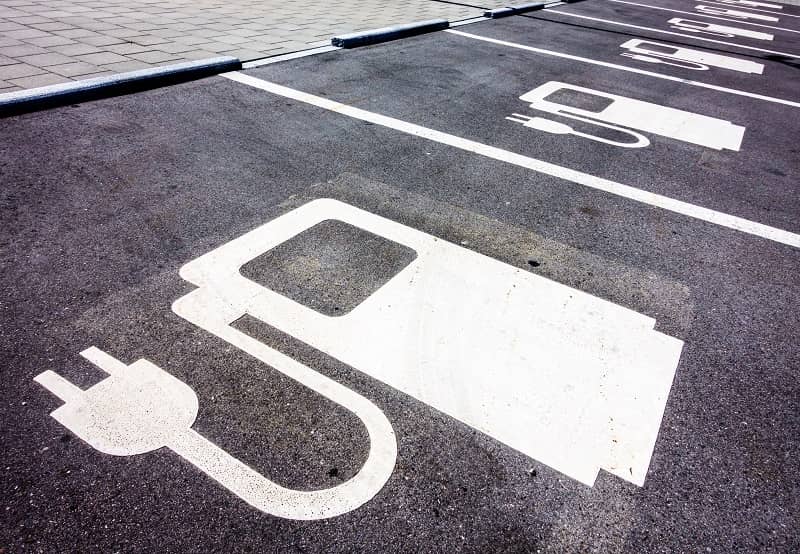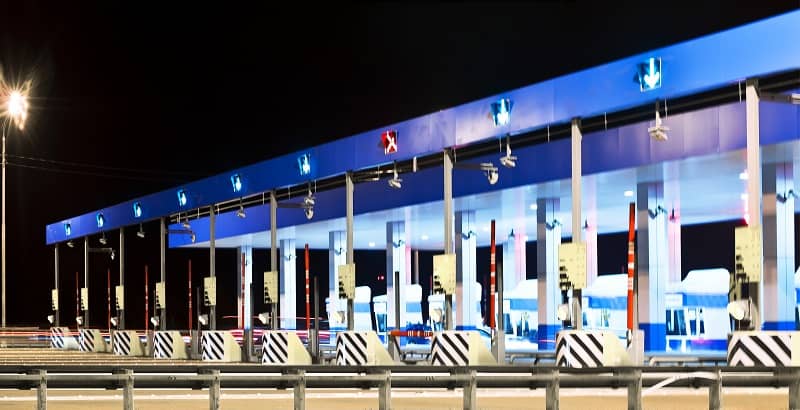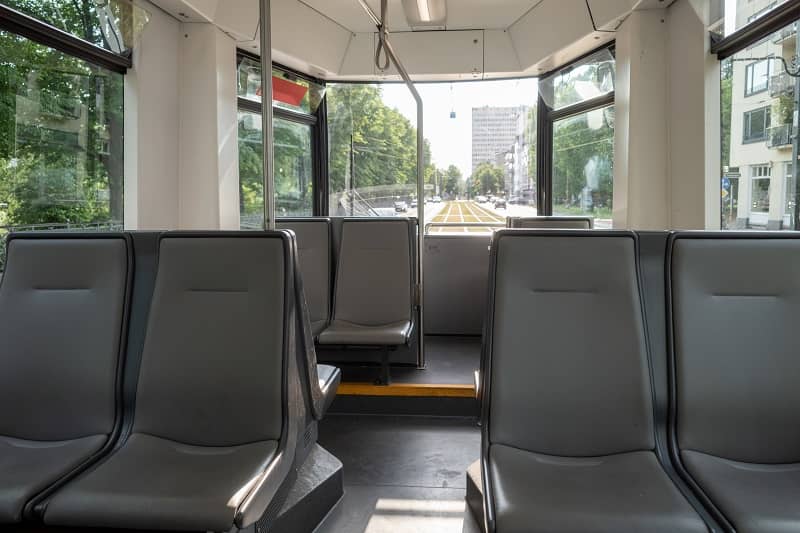By Chris Barton
Imagine heading out to your favorite bar one evening to celebrate the completion of another toiling week at work. Rather than indulging in the comfort of your favorite beer, you decide to loosen up your purse strings and order some champagne. So with only a slight sense of apprehension, you ask the bartender to serve you the best champagne in the house. The glass arrives and you take an inquiring sip. The flavor is unbelievable. The sophisticated mix of flavors is without rival. When the check comes to the table, take a deep breath and prepare for the shock of the sticker price. You flip the bill over and are instantly overcome with incredulity. Only four dollars? You assume the bartender made a mistake. Much to your surprise, he confirms the price. You have had a glass of champagne for the price of a beer.
Now, this story may seem purely fictional. Only a business bent on self-destruction would offer such a deal. However, in the world of the Oregon Department of Transportation (ODOT) and the Oregon Solar Highway Project, this is reality. ODOT really is able to get champagne for the price of beer, but one of the unfortunate burdens of living in reality is that someone must pay the difference for the actual cost of the champagne. Who will pick up that tab? The taxpayers.
The Oregon Solar Highway Project is the brainchild of Allison Hamilton, an ODOT project director, who was inspired by the solar panels straddling the autobahn highways in Germany. Oregon Governor Ted Kulongoski declared early in 2008 that Oregon would build the world’s largest solar highway project, consisting of more than 17,000 solar panels with the productive capability of over 3.2 million kilowatt hours per year. This directive was in line with the policies enacted by the Oregon legislature in 2007 calling for a reduction in so-called “greenhouse gas emissions.”
The first project of the Solar Highway Program was completed in December 2008 near Tualatin at an intersection between the I-5 and 205 highways. The site, a public-private partnership between PGE and ODOT, has 594 solar panels generating 116,000 kilowatt hours annually. It powers around 30% of the night illumination of the ODOT-run interchange. The total cost of the project was $1.28 million, with most of that heavily subsidized by federal and state tax credits, along with grants including $175,000 from the Energy Trust of Oregon. The estimated cost of this solar energy, measured over a 20-year lifespan, is about $0.55 per kilowatt-hour. On average, the retail cost of energy to Oregon residents is roughly $0.10 per kilowatt-hour.
Alternative energy like solar power comes with a premium price tag because the technology is expensive and inefficient, but ODOT does not pay the full price. Thanks to the generosity of taxpayers through various subsidies, ODOT pays standard commercial rates for their solar energy. PGE and ODOT get to drink their champagne cheap while stiffing the taxpayers with the rest of the bill.
The Oregon Solar Highway’s next project was completed in January 2012 at the Baldock Safety Rest Area, and it dwarfs the Tualatin site in stature. For $10 million, the Baldock site has a massive 6,994 panels that can generate up to 1.97 million kilowatt-hours annually. PGE and ODOT once again combined to bring this project to fruition, utilizing the same federal and state tax subsidies to finance it. Over a 20-year lifespan, the cost of the solar energy produced will be $0.25 per kilowatt-hour―still more than double the average retail cost of electricity.
The cost is likely to be even greater than that, due to the inherent intermittency of solar energy. Since solar panels can produce energy only when the sun is shining, they always must be backed up with a traditional energy source, like natural gas or coal, in order to keep pace with the demands of consumers at night. These traditional power plants must be kept idling, severely reducing their efficiency.
A site in West Linn is the next proposed area for a solar energy installation. However, due to the 2012 sunset of the Business Energy Tax Credit (BETC)―a state program that provided a 50% tax break for alternative energy projects―the site is facing difficulties finding financing. The BETC was instrumental in building the other two solar energy highway installations. The expiration of this tax subsidy makes commercial solar power infeasible for private investors. Martin Shain, a consultant with BacGen Solar Group who was involved in structuring a deal for installing solar power on Oregon University System campuses, emphasized the importance of the BETC: “This wouldn’t have happened without the BETC, I can tell you that point blank.”
SolarWorld is a local company that provided the solar panels for both the Tualatin and Baldock highway installations and has recently made headlines for its increasing financial instability in the wake of Chinese competition. Founded in Germany, SolarWorld installed a state-of-the-art solar panel factory in Hillsboro to take advantage of the BETC and other local tax subsidies. That investment may turn out to be a failure since SolarWorld is currently being pummeled by the onslaught of cheaper Chinese-produced solar panels. SolarWorld has seen its share price fall to an eight-year low and reported a loss of 159 million euros for the first half of 2012. The company is on the ropes and might have been even closer to an early grave if it had not compelled the U.S. government to impose a 31% tariff on Chinese solar products.
Solar power is a clean, renewable source of energy, but it is also much more expensive than energy from traditional sources. Taxpayers should not be forced to pay for these boutique projects through import tariffs, tax credits, and other types of subsidies.
Chris Barton is a research associate at Cascade Policy Institute, Oregon’s free market public policy think tank.


